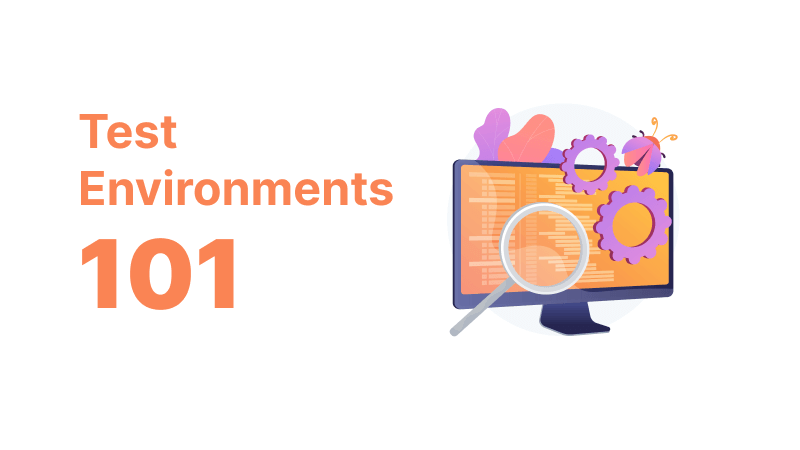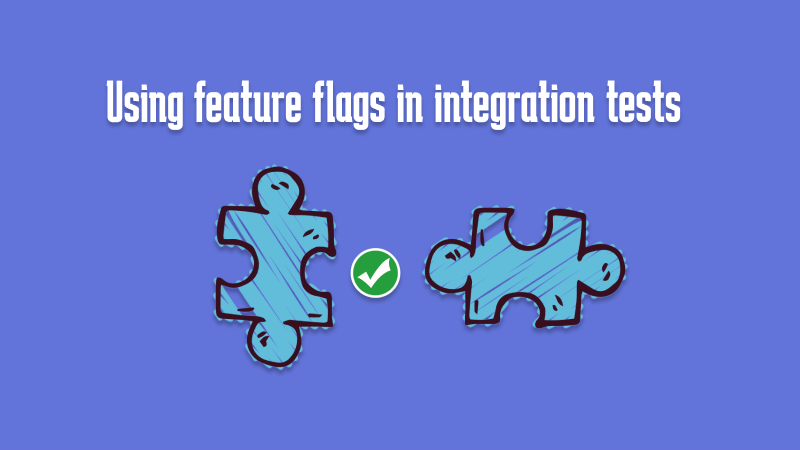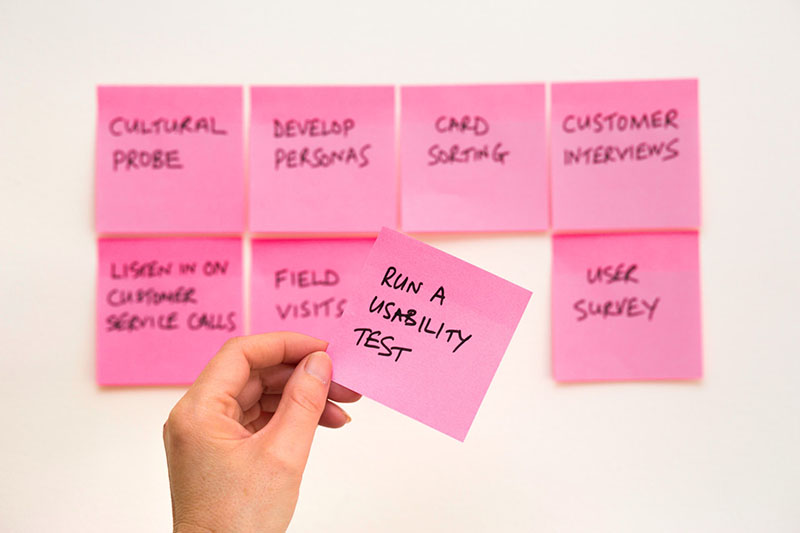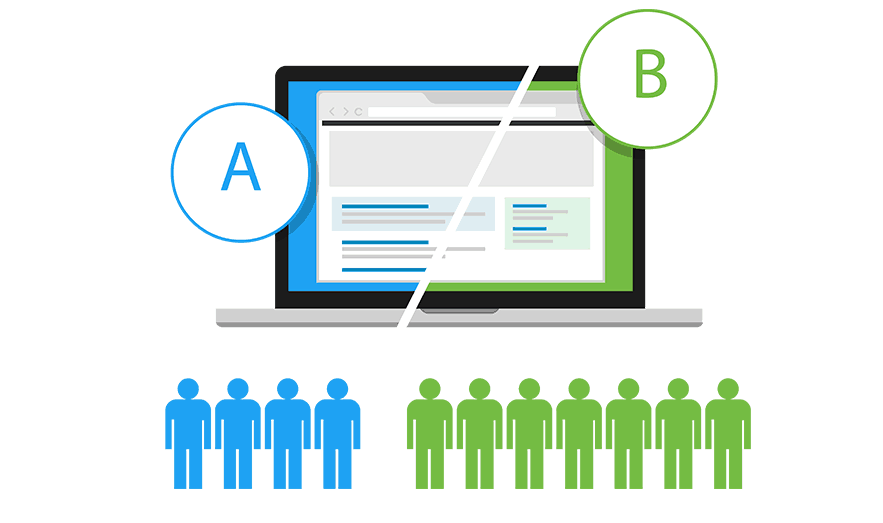For a long time, it was normal to initially release a new feature or update into a test environment. If the feature passed, it was then released to the production environment. While this approach was highly respected and beneficial, it introduced more complexity into software development workflows, and releases took longer to reach end-users. Fortunately, with a mechanism known as feature flagging, you can deploy directly to production and ship releases faster while maintaining reliability.













